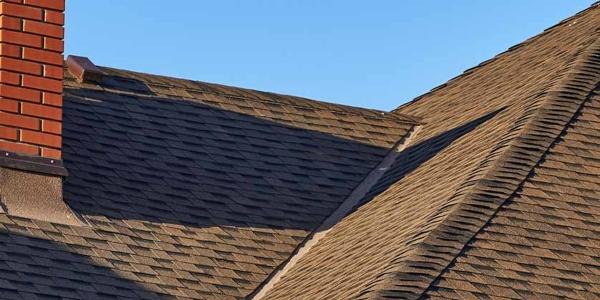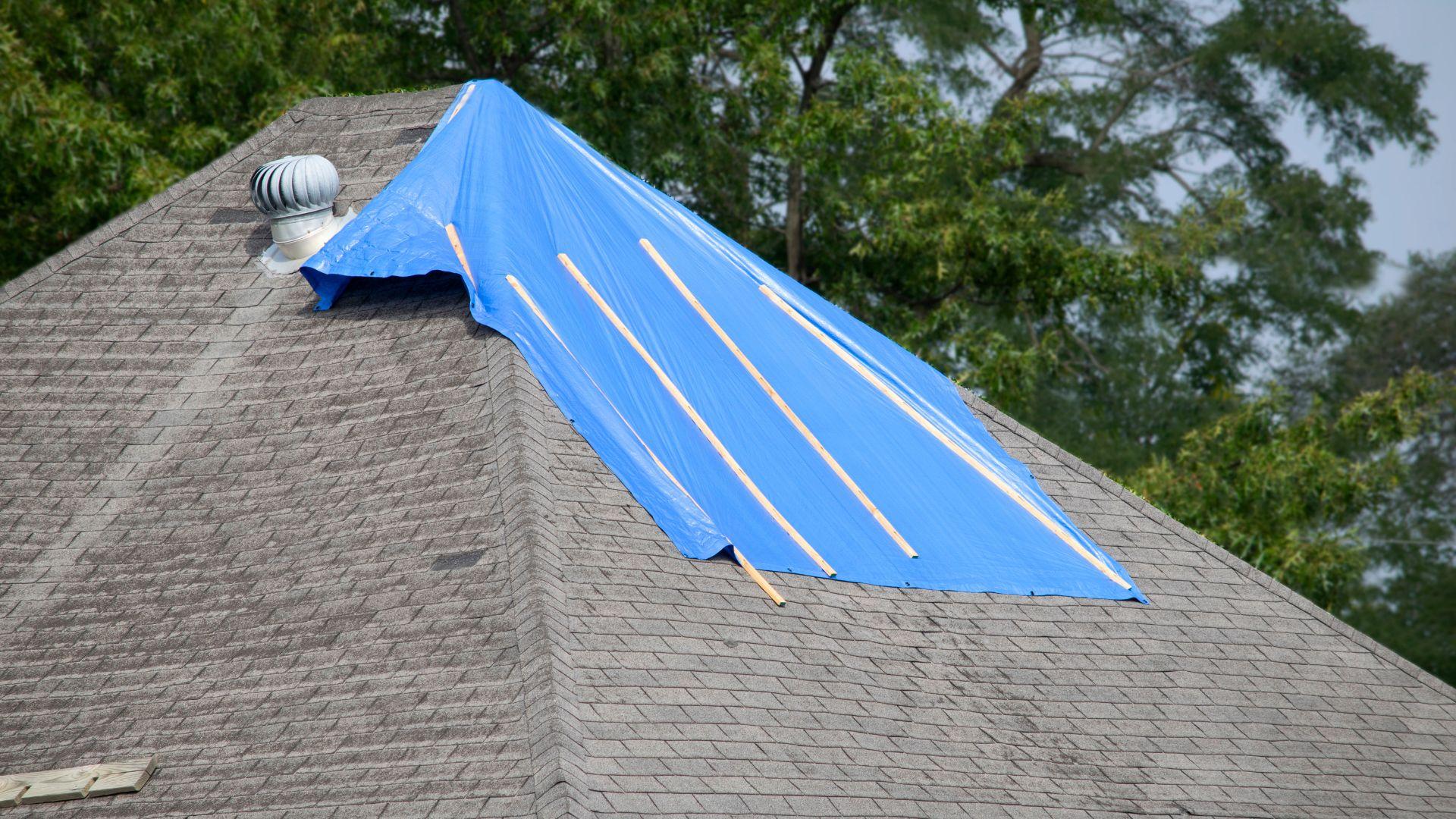The unsung hero of your roof

By Fields Rood Service.
Ensure your roof stands the test of time with the right roof flashing.
In the intricate dance of architecture and elements, roof flashing often goes unnoticed. Yet, this humble material is the silent guardian of your home, shielding it from the relentless assault of rain, wind and snow. Without it, even the sturdiest roofs would succumb to leaks, rot and structural decay. Discover with us at Fields Roof Service why roof flashing is the unsung hero of home protection and how it plays a pivotal role in maintaining the integrity and longevity of your roof.
What is roof flashing?
Roof flashing is a thin material, typically made of metal like aluminum or galvanized steel, installed at vulnerable points on your roof. These areas include intersections, valleys, chimneys, skylights and vents — anywhere the roof surface is interrupted or meets a vertical surface.
Importance of roof flashing
- Waterproofing: Roof flashing creates a water-resistant barrier around areas prone to leaks. It directs water away from vulnerable spots and prevents it from seeping into your home.
- Preventing leaks: Without proper flashing, water can penetrate through gaps and joints in your roof, leading to interior water damage, mold growth and structural issues over time.
- Longevity: By protecting vulnerable areas, roof flashing extends the lifespan of your roof. It reduces the risk of premature deterioration caused by water infiltration.
- Structural integrity: Flashing helps maintain the structural integrity of your roof by preventing rot, decay, and damage to underlying materials like wood decking and insulation.
- Aesthetic appeal: Beyond functionality, flashing contributes to the overall appearance of your roof. It can be color-matched or painted to blend seamlessly with your roofing material, enhancing curb appeal.
Types of roof flashing
-
Step flashing: Used where a roof meets a vertical wall, such as around chimneys or dormers.
- Valley flashing: Installed in roof valleys to channel water away from seams.
- Vent pipe flashing: Seals around vent pipes protruding through the roof.
- Drip edge flashing: Covers the edges of the roof to direct water into gutters.
Maintenance and inspection
Regular inspection and maintenance of roof flashing are crucial. Over time, flashing can become damaged, corroded or dislodged due to weather exposure or aging. Checking flashing during roof inspections and promptly replacing or repairing damaged sections ensures ongoing protection.
Original article source: Fields Roof Service










Comments
Leave a Reply
Have an account? Login to leave a comment!
Sign In